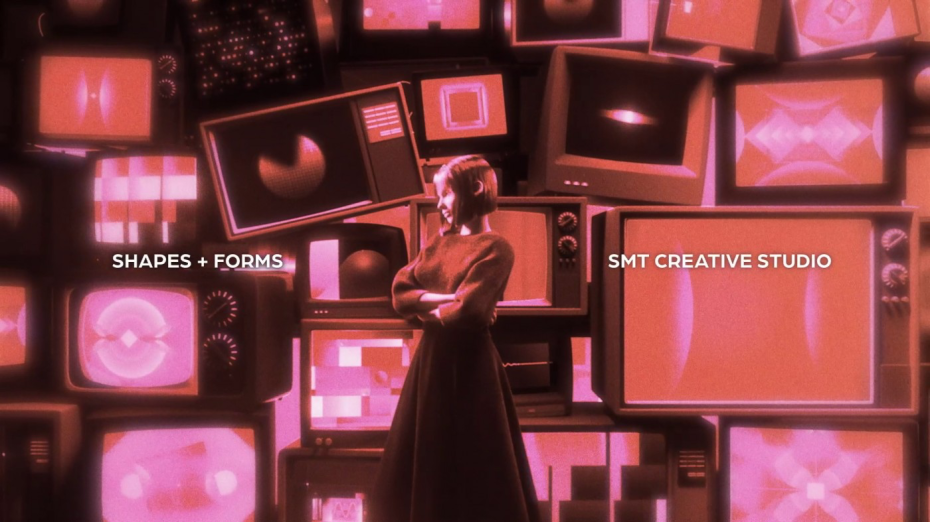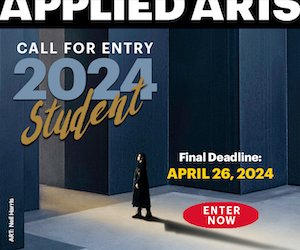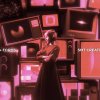Into the Spotlight
A Q&A with 2023 Applied Arts Student Award winner Aanvik Singh
August 3, 2023

Applied Arts spoke with Aanvik Singh, a recent graduate from Savannah College of Art and Design's Motion Media and Design program, to share his process for creating projects that create a lasting impression. Projects like Comotion 2023, Into the Spotlight which garnered him several Awards, including an 2023 Applied Arts Student Award.
What is your creative process?
My work is informed by my fascination with culture. Every project begins with hours (sometimes weeks) of research. I look at the history of a subject in all forms—architecture, etymology, paintings, memes, music, and more—until I’m able to connect with the subject and articulate what I want to say about it.
This is my favourite stage. It helps me find every project’s unique soul. Some of my mood boards end with 300+ references. Everything from South Indian dance forms to Renaissance paintings is on the table at this stage. Once I’ve given myself the proverbial ‘tools to play with’, I begin making. I write a motion script, draw storyboards, make styleframes and then animate.
With both animation and design, I prioritize quantity over quality. At some point I reach a sweet spot when quality becomes the goal instead and I start getting rid of any excesses to the story. Repeat this process anywhere between 2-20 times until I have something I don’t dislike.
What is the hardest part when you are creating?
Accepting the end product will never be as beautiful as I’d initially imagined.
Comotion 2023: Into the Spotlight
What do you think is an issue in the world of animation?
We have a diversity issue, and it isn't the one everyone thinks about. While we can always benefit from more physical representation, animation's real problem is the lack of diverse worldviews and a hyperfixation of logic and realism.
Modern-day animation is often excessively Westernized. 'Groundbreaking' animation frequently equates to more realistic cameras, physics simulations, and Christian storytelling structures (Joseph Campbell, anybody?). This Westernization is a byproduct of the resource-heavy nature of animation. A vast majority cannot spend the time and money required for introspection; thus, the Western gaze is everywhere.
The great cultures of the world recognized the blurred boundaries between the real and imaginary long ago and chose to embrace them. Each culture has its own paradigm, an ontological framework that shapes how they perceive reality, interprets events, and interacts with others.
There is no right answer, only different ones. We must embrace this. Animation's true potential will be realized only when it is no longer limited to one (westernized) perspective but includes diverse stories and storytellers.

What advice would you give to someone who is just starting out in your field?
Don’t worry about being original.
If you like something, try to figure out why you like it.
Always work with people smarter than you.
Be kind.
What are you working on now? Anything outside of the usual?
For my thesis project at SCAD, I developed a motion system that allowed anyone to make custom animations and share stories from the Indian Partition by simply filling out an online form. The Partition Memory Project was an attempt to understand and archive one of the most traumatic experiences in human history.
During my year of research, I came across hundreds of stories about trauma, lost love, found family, and broken communities that will stay with me forever. I’m currently working to animate some of these stories and bring them to life.

Who is your creative hero?
I will always have time for anything by Hergé, Khyati Trehan, Saadat Hasan Manto, Len Lye, Joyce N. Ho, Mikey Neumann, Haruichi Furudate, Vincenzo Marchese Ragona, and my grandmothers.
We look forward to catching up with Aanvik in future!







